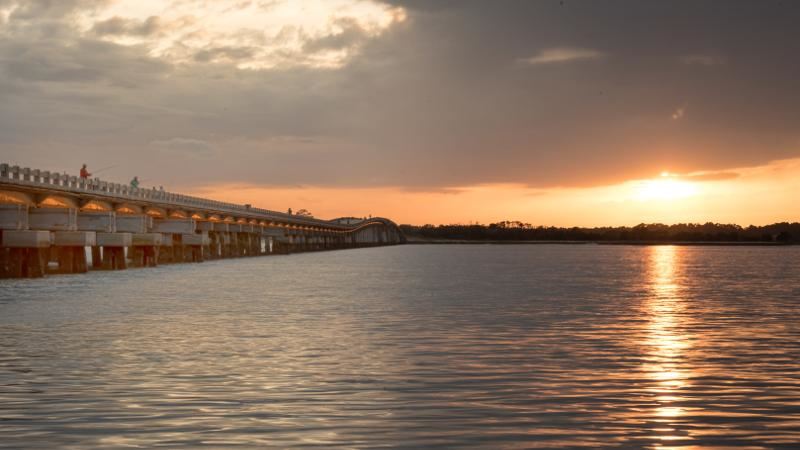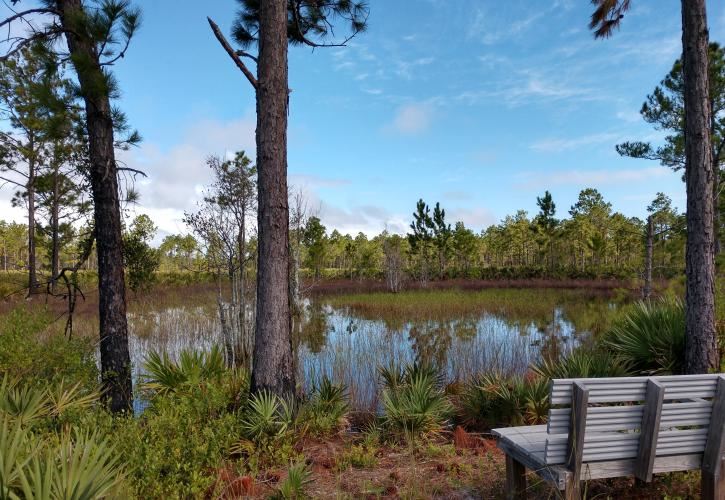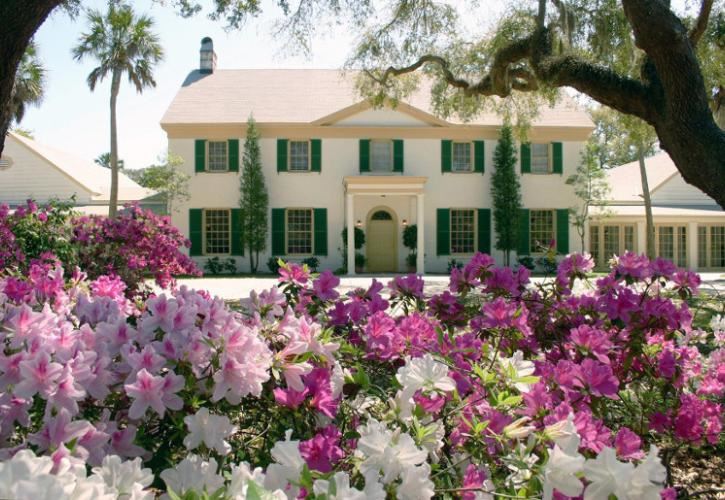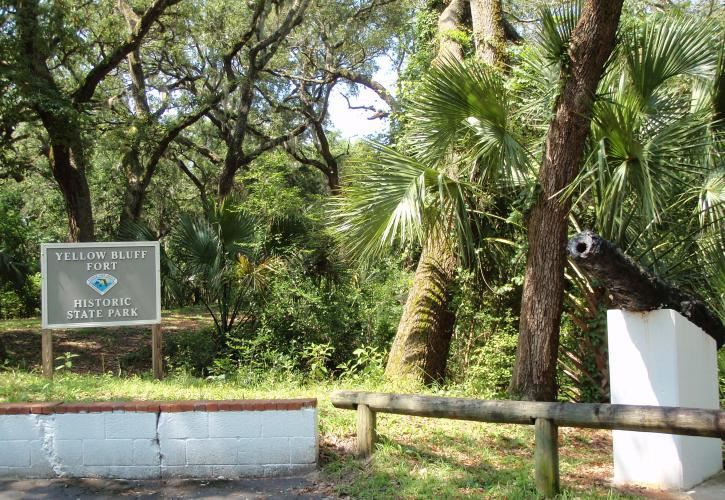Our parks
Amelia Island State ParkAmelia Island within Talbot Islands State Parks is a captivating destination that showcases a blend of natural beauty and historical significance. Its shores have witnessed the footsteps of indigenous peoples, European explorers, and early settlers, making it a place of both archaeological intrigue and coastal charm.
|
Big Talbot Island State ParkKnown for its stunning black rock beach, Big Talbot Island State Park is a haven for nature lovers and outdoor enthusiasts. The park offers a range of activities, including kayaking, fishing, hiking, and birdwatching.
|
Little Talbot Island State ParkThis park features five miles of pristine, undeveloped beaches and dunes, as well as a maritime forest and salt marshes. Visitors can swim, fish, hike, and camp in this tranquil coastal environment.
|
  | George Crady Bridge Fishing Pier State ParkThe George Crady Bridge Fishing Pier is a popular spot for anglers looking to catch a variety of fish in the waters of Nassau Sound. The pier stretches 2.5 miles across the sound and offers stunning views of the surrounding marshes and coastline. |
Pumpkin Hill Creek Preserve State ParkThis park offers a glimpse into Florida's natural and cultural history, with more than four miles of hiking trails, picnic areas, and a historic farmstead. Visitors can also canoe or kayak along the park's winding creeks. |
|
| Fort George Island State ParkHome to the Kingsley Plantation, this park offers a fascinating look at the history of slavery and the early American South. Visitors can tour the plantation, hike the park's trails, or explore the nearby Ribault Club, a historic social club. |
Yellow Bluff Fort State ParkYellow Bluff Fort Historic State Park is a small but significant park that offers a glimpse into the history of the American Civil War. The park features the remains of a Confederate fortification that was built in 1862 to defend the St. Johns River. |
|






